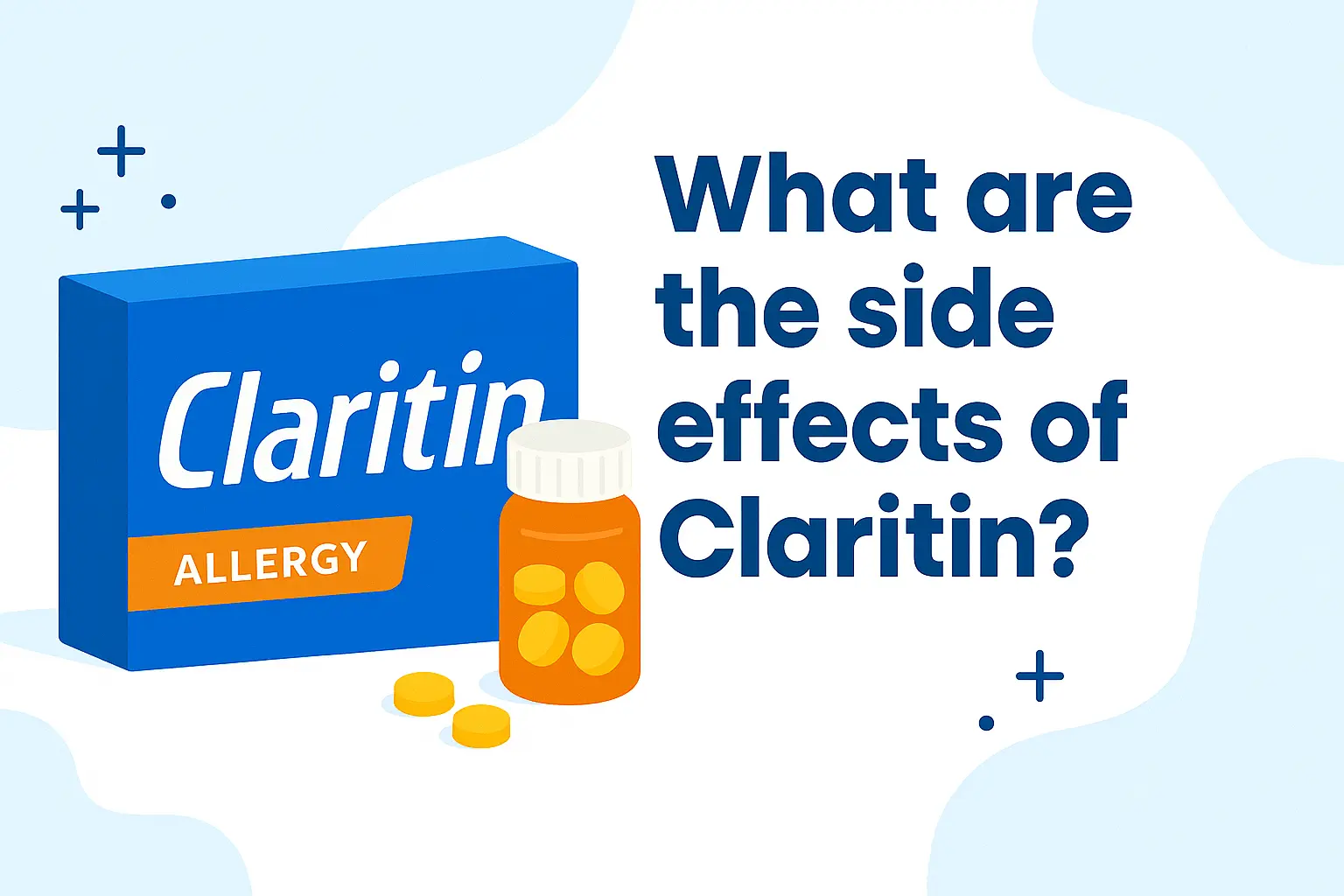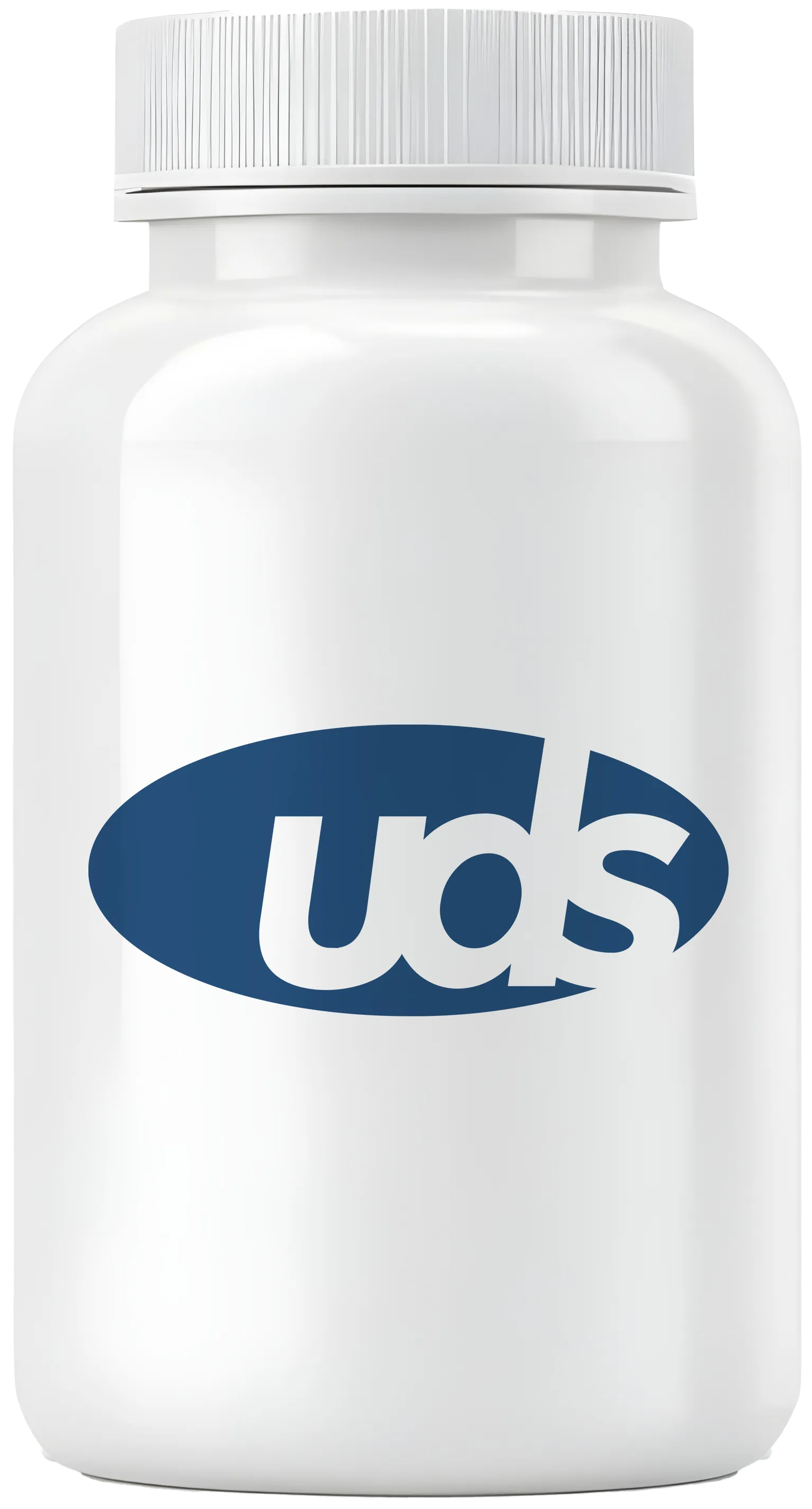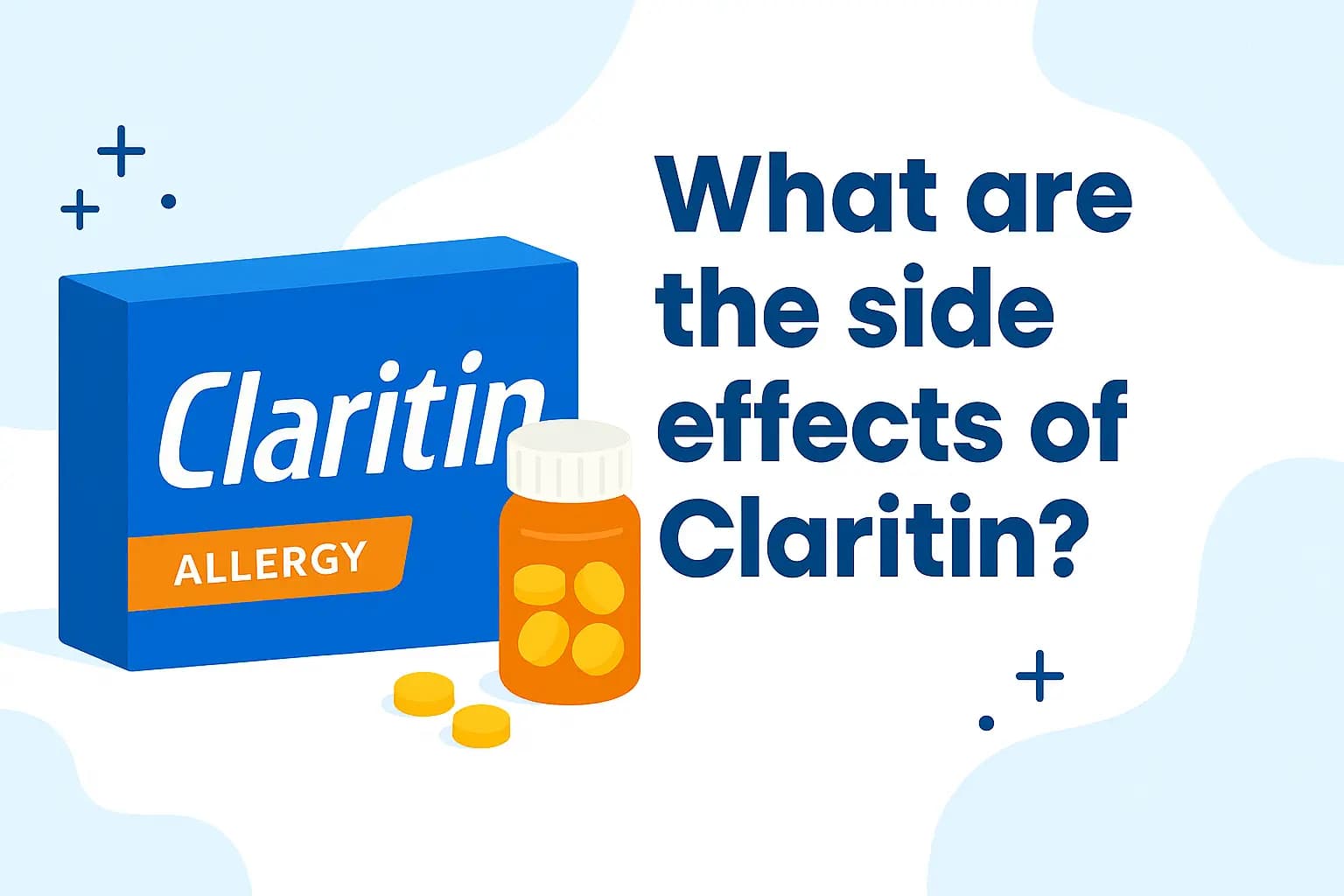What are the side effects of Claritin?

Hay fever, also called allergic rhinitis, causes cold-like symptoms. These may include a runny nose, stuffy nose, itchy eyes, and sneezing. But unlike a cold, hay fever isn’t caused by a virus. Hay fever is caused by an allergic response to a harmless outdoor or indoor substance the body identifies as harmful (allergen). Common allergens that can trigger hay fever symptoms include pollen and dust mites. Pet dander, which is skin shed by cats, dogs, and other animals with fur or feathers, can also be allergens.
Claritin (loratadine) is a first-choice allergy medicine for many people. It is generally well tolerated when taken as prescribed. But, as with all medications, Claritin may cause some side effects. Most side effects of Claritin are mild and will resolve as your body gets used to the medication.
Most common side effects of Claritin
Adults taking oral tablets:
- Headache (12%)
- Sleepiness (8%)
- Fatigue (4%)
- Dry mouth (3%)
Children 6 years and older taking Claritin syrup:
- Nervousness (4%)
- Wheezing (4%)
- Fatigue (3%)
- Restlessness (3%)
- Stomach pain (2%)
- Itchy, red, or watery eyes (2%)
- Voice changes (2%)
- Upper respiratory tract infection (2%)
Other possible side effects of Claritin
- Cough
- Dizziness
- Sore throat
- Weakness
Serious side effects of Claritin
Serious, life-threatening allergic reactions (anaphylaxis). Seek immediate medical attention if you develop symptoms such as:
- Hives (itchy skin rash)
- Swelling of your face, tongue, or throat
- Trouble breathing
Complications may also occur in people with phenylketonuria (PKU) who take certain chewable or orally disintegrating tablets that contain phenylalanine.
Note: These are not all possible adverse effects. Always consult your healthcare provider and read your Medication Guide. Report side effects to the FDA at 1-800-FDA-1088 or www.fda.gov/medwatch.
Claritin FAQs
What does Claritin treat?
Claritin (loratadine) is an antihistamine FDA-approved to treat:
- Allergic rhinitis (hay fever)
- Hives (urticaria)
Allergic rhinitis is inflammation in the nose caused by allergens such as pollen, dust, mold, or pet dander. Hives are raised, itchy patches that come and go.
How does Claritin work?
When you inhale allergens like pollen or pet dander, your immune system releases histamine, causing allergy symptoms like sneezing, coughing, and itching. Loratadine, the active ingredient in Claritin, is a second-generation antihistamine that blocks histamine receptors to relieve these symptoms.
What is the dose of Claritin?
Claritin is available as oral tablets, chewable tablets, orally disintegrating tablets, syrup, and in combination with pseudoephedrine as Claritin-D (used cautiously in people with high blood pressure).
Shop Medications
Typical dose:
- Adults and children 6 years and older: 10 mg once daily (maximum 10 mg/day)
- Children 2–5 years: 5 mg once daily (maximum 5 mg/day)
- Under 2 years: Consult your child’s healthcare provider
Can I take Claritin with other medications?
Claritin may interact with other drugs. Always check with your healthcare provider. Possible interactions include:
- Other drowsiness-causing medications (antihistamines, opioids, anxiety meds, sleep aids)
- Erythromycin
- Cimetidine
- Ketoconazole
Who shouldn’t take Claritin?
Do not take Claritin if you are allergic to loratadine or any of its ingredients. Avoid chewable or orally disintegrating tablets containing phenylalanine if you have phenylketonuria (PKU).
What does your healthcare provider need to know before starting Claritin?
Tell your provider if you have:
- Liver disease
- Kidney disease
- Pregnancy or are trying to conceive
- Are breastfeeding
- Phenylketonuria (PKU)
- Are scheduled for allergy testing (Claritin may affect results)
What do you do if you miss a dose of Claritin?
Take the missed dose as soon as you remember. If it’s almost time for your next dose, skip the missed dose. Do not take two doses at once.
How do you store Claritin?
Store Claritin at room temperature in its original container, tightly closed, away from heat, moisture, and light. Orally disintegrating tablets should be used immediately after opening the blister and within 6 months of opening the outer foil pouch. Write the open date on the package.
How long does it take Claritin to work?
Claritin typically starts working 1 to 3 hours after taking a dose. Effects may vary by individual.
What should you do if you take too much Claritin?
If you or someone else has taken too much Claritin, call the poison control center at 1-800-222-1222. For serious symptoms like unconsciousness or trouble breathing, call 911.
What happens if you take Claritin while pregnant?
Claritin is generally considered safe during pregnancy. Animal studies have shown no harm to the fetus. It is often preferred over older antihistamines due to fewer side effects like drowsiness. Always consult your healthcare provider before using it while pregnant.
Related Medications
- Allegra (fexofenadine)
- Clarinex (desloratadine)
- Claritin Syrup (loratadine)
- Flonase Nasal Spray (fluticasone)
- Zyrtec (cetirizine)
- Xyzal (levocetirizine)
- Benadryl (diphenhydramine)




